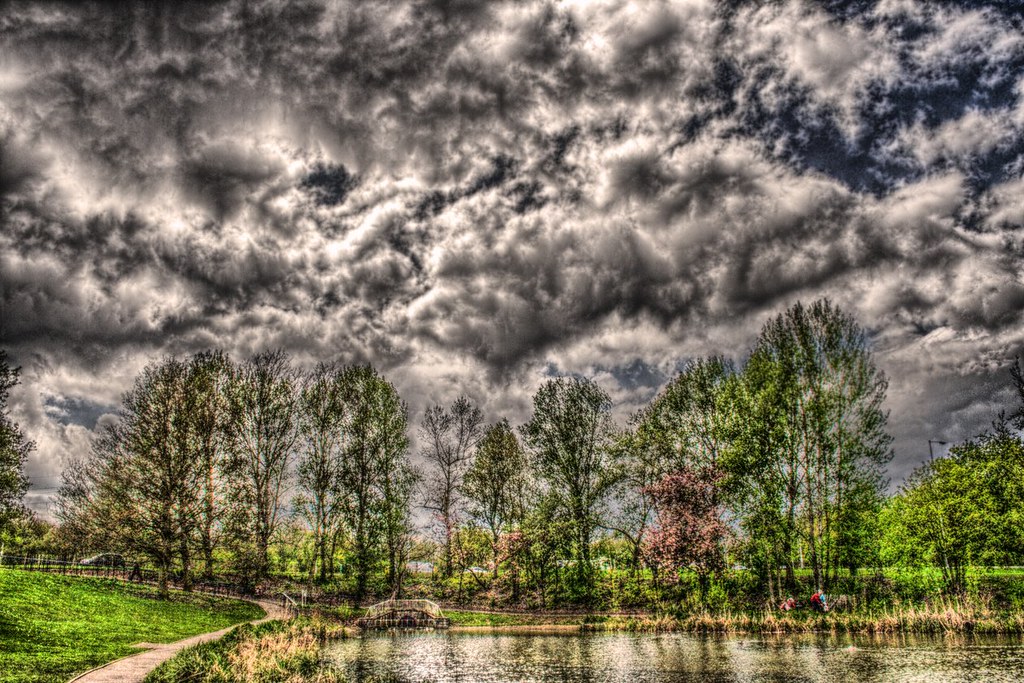- Messages
- 1,618
- Name
- David
- Edit My Images
- No
I took some HDR shots last week in the Yorkshire Dales of Malham Cove...... 3 exposures, some 7 exposures.....They were processed in Photomatix Pro 5.1 and they all seem unsharp.
How can I take better 'sharp' shots? Of course, I was using a tripod..........I took them at f11 on AV mode.
The images can be seen here https://www.flickr.com/photos/daelpix/
How can I take better 'sharp' shots? Of course, I was using a tripod..........I took them at f11 on AV mode.
The images can be seen here https://www.flickr.com/photos/daelpix/


 Merged
Merged